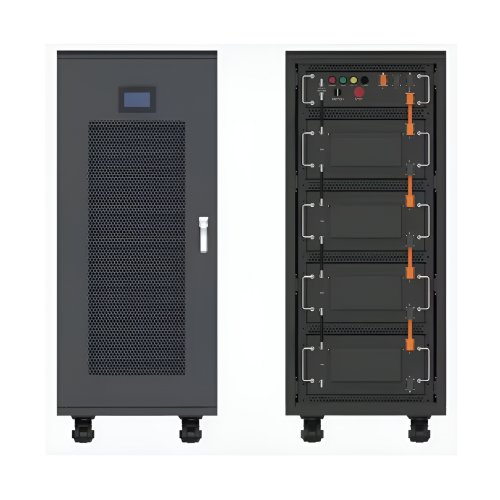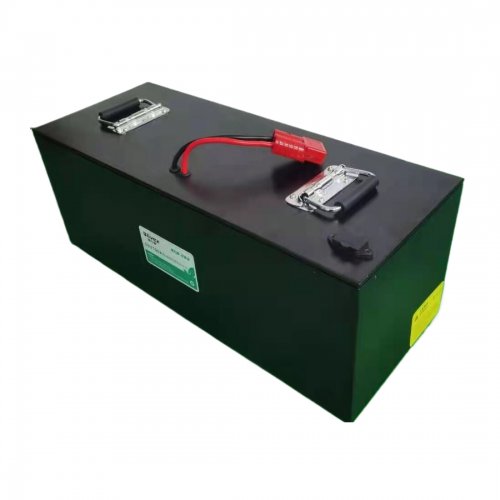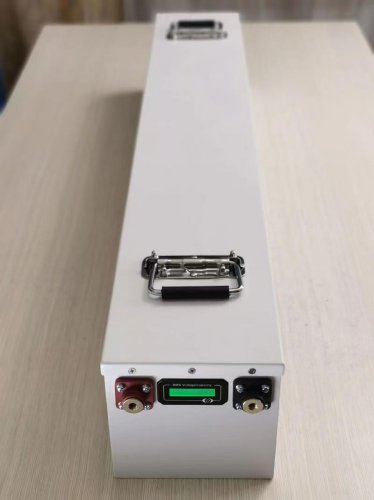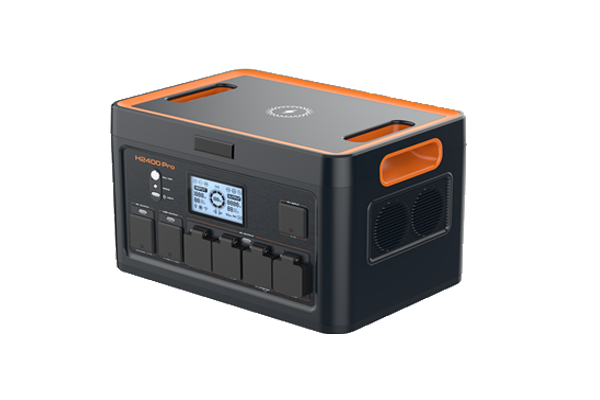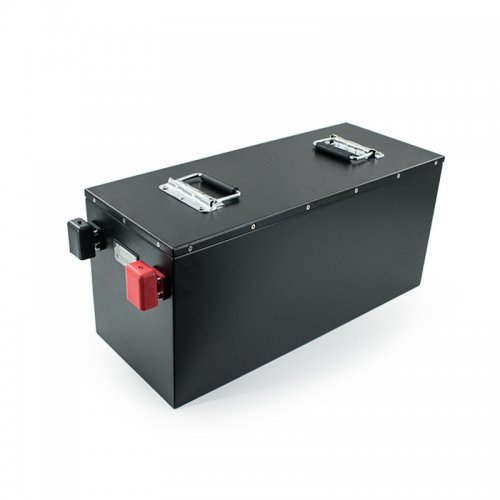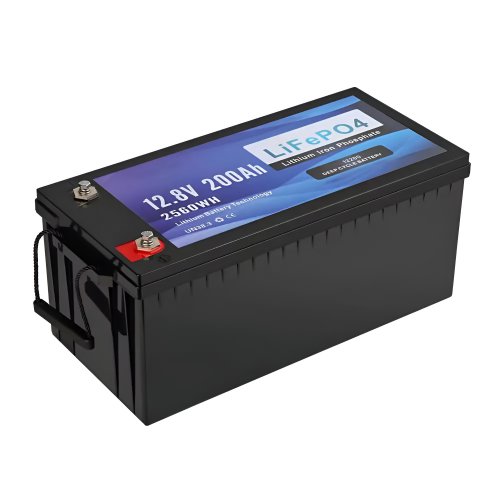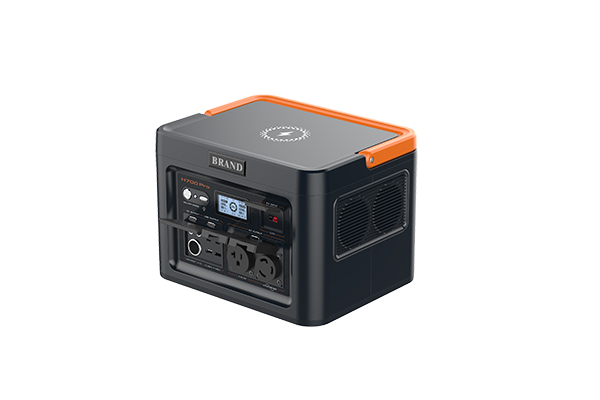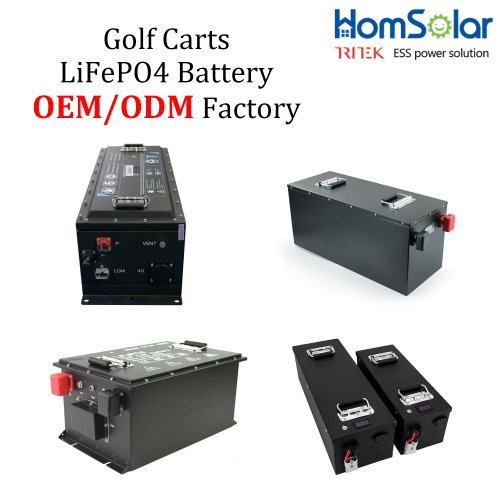Advances In Olivine Structure: Unlocking Next-generation Energy Materials
The olivine structure, named for the ubiquitous mineral forsterite (Mg₂SiO₄), has long been a cornerstone in fields ranging from mineralogy and geology to materials science. Its significance was catapulted into the energy sector with the groundbreaking work of John B. Goodenough's group on lithium iron phosphate (LiFePO₄) as a cathode material for lithium-ion batteries (LIBs). The inherent stability, safety, and cost-effectiveness of this structure have secured its place in commercial energy storage. However, recent scientific endeavors have moved far beyond this initial application, delving into the fundamental intricacies of the olivine framework to unlock new functionalities and push the boundaries of its performance. This article reviews the latest research progress, key technological breakthroughs, and future prospects for materials based on the olivine structure.
The archetypal olivine structure belongs to the orthorhombic crystal system (space groupPnmb). It can be described as a slightly distorted hexagonal close-packed (hcp) array of oxygen anions, with cations occupying one-half of the octahedral sites and one-eighth of the tetrahedral sites. The structure forms distinct chains of edge-sharing MO₆ octahedra (the M1 site) running parallel to the c-axis, which are cross-linked by corner-sharing XO₄ tetrahedra (the X site) and additional MO₆ octahedra (the M2 site). This robust, polyanionic framework is key to its thermal and electrochemical stability. The lithium (or other alkali/alkaline earth) ions reside in one-dimensional channels along the b-axis, a feature that has profound implications for ionic transport.
Recent Research and Technological Breakthroughs
1. Deciphering and Overcoming Ionic Transport Limitations: The one-dimensional diffusion pathways in olivines, while providing structural stability, have historically been a bottleneck for high-rate capability, as they are susceptible to blocking by defects or ion ordering. Recent research has focused on precisely understanding and engineering these pathways. Advancedin situandoperandocharacterization techniques, such as synchrotron X-ray diffraction, neutron diffraction, and solid-state NMR, have provided unprecedented real-time insights into lithium (de)intercalation dynamics.
A significant breakthrough has been the controlled creation of cation disorder. By introducing a small fraction of anti-site defects—where Li⁺ and Fe²⁺ (or other M-site cations) exchange positions—researchers have demonstrated enhanced Li⁺ conductivity. While traditionally viewed as detrimental, controlled disorder can create interconnected diffusion pathways, effectively "short-circuiting" the one-dimensional channels. For instance, Huang et al. (2022) showed that a carefully optimized synthesis protocol for LiFePO₄ could introduce a beneficial level of anti-site defects, leading to a marked improvement in rate performance without compromising cycle life. Furthermore, nano-structuring, often combined with carbon coating, remains a critical strategy. The reduction of particle size to the nanoscale drastically shortens the Li⁺ diffusion length, while the carbon coating improves electronic conductivity, addressing the other major limitation of olivine materials.
2. Expanding the Chemical Space: Multi-Electron and High-Voltage Olivines: Moving beyond the classic LiFePO₄, the search for higher energy density has driven the exploration of other olivine compositions. The isostructural manganese (LiMnPO₄) and cobalt (LiCoPO₄) analogues offer higher operating voltages (~4.1 V and ~4.8 V vs. Li/Li⁺, respectively). However, these systems face challenges related to Jahn-Teller distortion (in Mn³⁺) and electrolyte oxidation at high voltages.
The most promising direction lies in mixed-metal olivines. By creating solid solutions like LiFexMn1-xPO₄ or LiFexCo1-xPO₄, researchers can tailor the voltage profile and enhance structural stability. Recent work by Lee et al. (2023) on a gradient-structured LiFe0.4Mn0.6PO4 cathode demonstrated a synergistic effect, where the stable Fe-rich core supported the high-voltage Mn-rich shell, resulting in a material that delivered a high specific capacity with excellent cycling stability. Another frontier is the exploration of multi-electron reactions. Materials like LiMnSiO₄ and LiCoSiO₄ theoretically allow for the extraction of more than one Li⁺ per formula unit, potentially doubling the capacity. While practical realization is hampered by structural instability upon deep delithiation, recent studies using advanced doping strategies and composite formation have shown incremental but crucial progress in stabilizing the structure during the second electron reaction.
3. Beyond Lithium: Olivines for Sodium-Ion and Magnesium-Ion Batteries: The versatility of the olivine structure is being tested in post-lithium battery technologies. Sodium olivine phosphates (NaMPO₄, where M = Fe, Mn, Co) are emerging as promising cathodes for sodium-ion batteries (SIBs). The larger ionic radius of Na⁺ introduces new complexities, often leading to different phase transition mechanisms during (de)sodiation compared to their lithium counterparts. A major breakthrough was the identification and synthesis of the maricite phase, which is electrochemically inactive, and its differentiation from the desired olivine-NaFePO₄. Recent synthesis innovations, including ion-exchange from LiFePO₄ and low-temperature routes, have successfully produced high-purity olivine-NaFePO₄ with competitive electrochemical performance.
Magnesium-ion batteries (MIBs) represent another promising area. The divalent nature of Mg²⁺ leads to strong electrostatic interactions within the crystal lattice, making diffusion challenging. Research on olivine-type MgMnSiO₄ and MgFeSiO₄ is still in its infancy, but early theoretical and experimental studies are mapping the potential and limitations of these materials, focusing on understanding the Mg²⁺ migration energy barriers within the one-dimensional channels.
Future Outlook
The future of olivine-structured materials is bright and multifaceted. Several key directions are poised to define the next wave of research:Atomic-Level Precision Engineering: The next leap will come from designing olivines with atomic precision. Techniques like atom-probe tomography and advanced electron microscopy will be coupled with machine learning algorithms to predict optimal doping schemes and defect configurations to simultaneously maximize ionic and electronic conductivity.Interface and Interphase Control: For high-voltage olivines like LiCoPO₄, the development of novel electrolytes and artificial cathode-electrolyte interphases (CEI) is critical to prevent oxidative decomposition. Future work will focus on creating tailored surface coatings and localized high-concentration electrolytes to form stable interphases.Exploration of Silicates and Borates: While phosphates dominate, olivine silicates (e.g., Li2MSiO4) and borates offer the tantalizing prospect of multi-electron transfer and the use of more abundant elements. Stabilizing these structures during cycling remains a grand challenge, but success here could revolutionize the capacity metrics for polyanionic cathodes.Application in Solid-State Batteries: The inherent stability of the olivine framework makes it an ideal candidate for use in all-solid-state batteries. Research will focus on engineering the interface between olivine cathode particles and solid-state electrolytes to minimize interfacial resistance.
In conclusion, the olivine structure, far from being a mature and fully exploited platform, continues to be a rich source of scientific inquiry and technological innovation. By leveraging advanced characterization, computational design, and sophisticated synthesis, researchers are continuously overcoming its inherent limitations and expanding its utility. From powering our portable electronics and electric vehicles to potentially enabling large-scale grid storage through more abundant sodium and magnesium chemistries, the olivine structure remains at the forefront of the quest for advanced, sustainable energy materials.
References (Examples):Goodenough, J. B., & Kim, Y. (2010). Challenges for Rechargeable Li Batteries.Chemistry of Materials, 22(3), 587–603.Huang, H., et al. (2022). Tuning Anti-site Defects for Enhanced Li-Ion Transport in LiFePO4 Cathodes.Advanced Energy Materials, 12(15), 2103201.Lee, S., et al. (2023). A Gradient-Architectured LiFe0.4Mn0.6PO4 Cathode for High-Energy Lithium-Ion Batteries.Nature Communications, 14, 1234.Masquelier, C., & Croguennec, L. (2013). Polyanionic (Phosphates, Silicates, Sulfates) Frameworks as Electrode Materials for Rechargeable Li (or Na) Batteries.Chemical Reviews, 113(8), 6552–6591.
Customized/OEM/ODM Service
HomSolar Supports Lifepo4 battery pack customization/OEM/ODM service, welcome to contact us and tell us your needs.


HomSolar: Your One-stop LiFePO4 Battery Pack & ESS Solution Manufacturer
Our line of LiFePO4 (LFP) batteries offer a solution to demanding applications that require a lighter weight, longer life, and higher capacity battery. Features include advanced battery management systems (BMS), Bluetooth® communication and active intelligent monitoring.

Customised Lithium Iron Phosphate Battery Casing
ABS plastic housing, aluminium housing, stainless steel housing and iron housing are available, and can also be designed and customised according to your needs.

HomSolar Smart BMS
Intelligent Battery Management System for HomSolar Energy Storage System. Bluetooth, temperature sensor, LCD display, CAN interface, UART interface also available.


Terminals & Plugs Can Be Customized
A wide range of terminals and plugs can be customised to suit the application needs of your battery products.

Well-designed Solutions for Energy Storage Systems
We will design the perfect energy storage system solution according to your needs, so that you can easily solve the specific industry applications of battery products.



About Our Battery Cells
Our energy storage system products use brand new grade A LiFePO4 cells with a battery lifespan of more than 4,000 charge/discharge cycles.



Applications in Different Industries
We supply customized & OEM battery pack, assemble cells with wiring, fuse and plastic cover, all the cell wires connected to PCB plug or built BMS.
Applications: E-bike, Electric Scooter, Golf Carts, RV, Electric Wheelchair, Electric Tools, Robot Cleaner, Robot Sweeper, Solar Energy Storage System, Emergency Light, Solar Power Light, Medical Equipment, UPS Backup Power Supply.
We can provide you with customized services. We have the ability to provide a vertical supply chain, from single cells to pack/module and to a complete power solution with BMS, etc.


HomSolar (Shenzhen) Technology Co., Ltd









